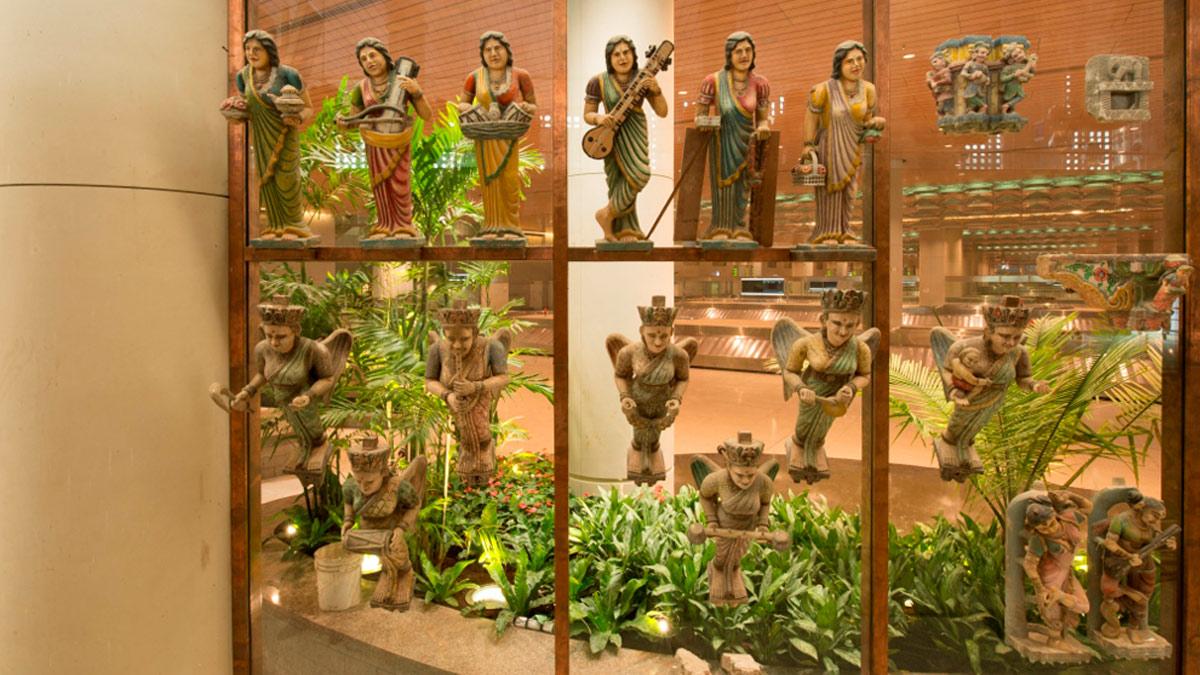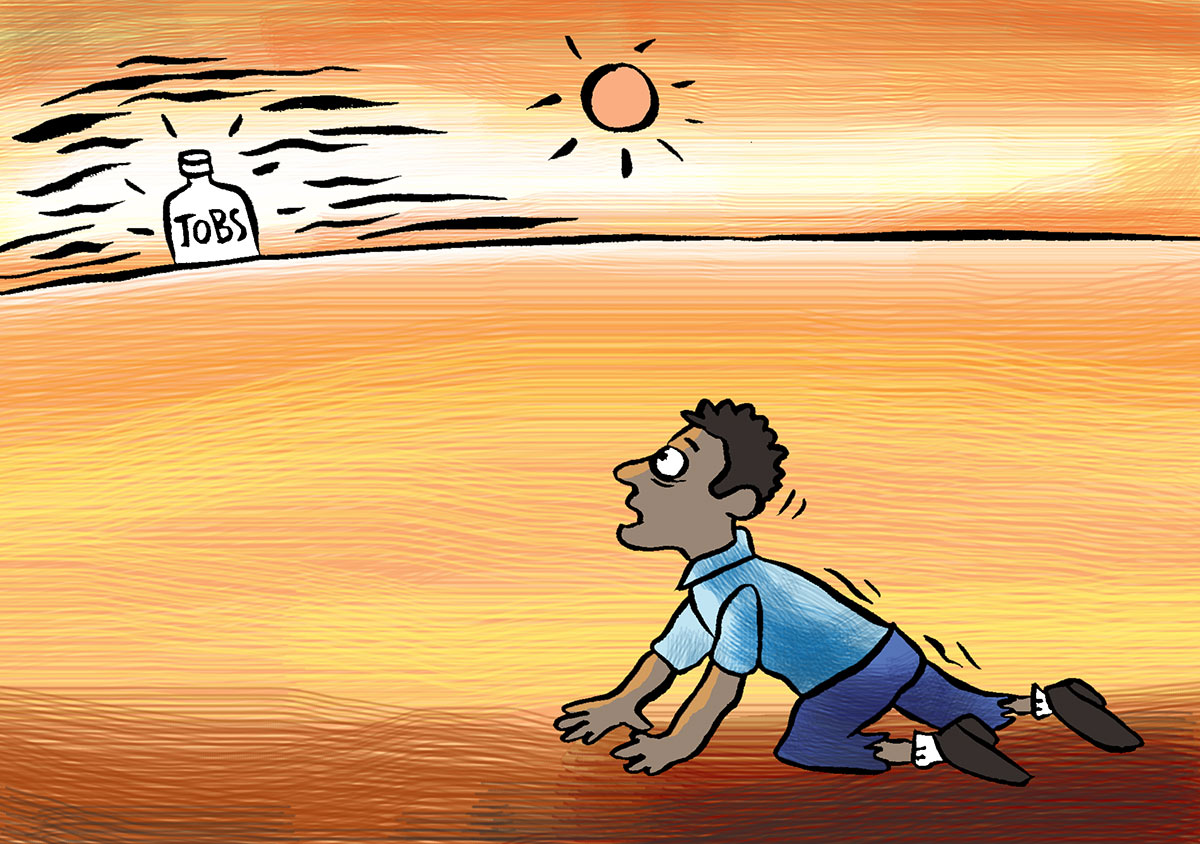With 5,500 pieces, the art museum at Mumbai’s T2 is one of Asia’s largest public art projects. Ahead of World Heritage Day, a walk through its mural-filled corridors.
Photographs: Rajesh Karkera/Rediff

Unless they miss a flight or two, many of the 50 million that pass through Mumbai International Airport each year are not likely to take in the 80,000-sq-ft of art contained within Terminal 2.

Though it is among Asia’s largest-scale public art projects, the 5,500 installations are laid quietly over the terminal’s walls, luggage belts, and check-in counters.

It takes a 17-member team to look after the murals, spread out across 3.2 kilometres.
The caretakers, equipped with special instructions on how to handle materials as diverse as gold leaf, terracotta and papier-mâché, have had to protect pieces from many threats in the last 10 years, especially dust, pigeons, and free-willed toddlers.

Requiring round-the-clock surveillance are a few Archaeological Survey of India (ASI)-protected figurines, some dating back to the 11th century, embedded in a cave-like display.
Previously called ‘Jaya He’, the museum was renamed ‘The ArtBeat of New India’ in 2021 after airport management passed hands from GVK Group to Adani Group.

Curated by artist Rajeev Sethi, the pieces span traditional styles, including Tanjore art, Kashmiri walnut wood carving, and Odisha’s patachitra painting.

The representation of multiple Indian states makes it feel a bit like a Republic Day parade, except the viewer is the one parading past the tableaux.

From Maharashtra, a montage pays tribute to the dying art of painted sceneries, which were used as backdrops in theatres and photography studios.

A dreamy mural from Kerala features celestial beings, sloping roof temples, and traditional wrestlers.

On the escalator to the international gates, passengers ride past the painting of a Naga shawl, interspersed with larger-than-life sculptures of bison horns.

Most major international airports are now making room for art.
The intent is to give those in transit a quick glimpse of local art and involve local artisans in the making.
For instance, a large godhadi, or quilt, that shelters one mural was hand-stitched by women from the nearby slum settlements.

Mumbai, the airport’s home city, is also the subject of several pieces: The fact that construction never stops here is commemorated — or parodied — in a skyline with steel bars poking out from everywhere.
One of the exhibits celebrates movement and travel, depicting a variety of Indian transportation, including elephants, uran khatolas, and kattumarams.

They also serve as a means of relaxation, wayfinding, and marketing opportunities.
In Mumbai, an app lets people scan art for detailed descriptions.

It is said if a passenger looks very keen on learning more about the murals, there are patrolling volunteers who can offer to give them a tour, too.
Some of the commissioned pieces are interactive – a water installation lets you pass your hands across thin jets to make seven musical notes, a Naga-style wooden bed is available for seating — but few try to use them.

Duty-free stores and lounges are more popular haunts.

At 60-foot-high, the most stop-in-your-tracks mural is virtually impossible to photograph.
Visible from four different levels, ‘India Greets’ consists vintage doors and balconies sourced from around the country.

It extends into a set of installations by Anjolie Menon, Andrew Logan and Robyn Beeche.
A white peacock — which has inspired much of Terminal 2’s design — was fashioned out of wire and built to glide in front of this mural for seven minutes every hour.

But, after errant crows tore off its delicate feathers, the rare bird’s daily flights have been cancelled.




